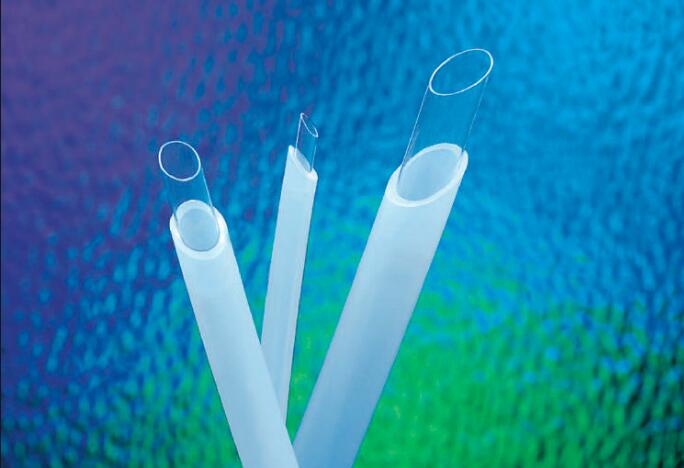Plastics extrusion commonly uses plastic chips or pellets, which are usually dried, to drive out moisture, in a hopper before going to the feed screw. The polymer resin is heated to molten state by a combination of heating elements and shear heating from the extrusion screw.
The screw, or screws as the case with twin screw extrusion, forces the resin through a die, forming the resin into the desired shape. The extrudate is cooled and solidified as it is pulled through the die or water tank. A “caterpillar haul-off” (called a “puller” in the US) is used to provide tension on the extrusion line which is essential for overall quality of the extrudate. Pelletizers can also create this tension while pulling extruded strands in to be cut.
The caterpillar haul-off must provide a consistent pull; otherwise, variation in cut lengths or distorted product will result. In some cases (such as fibre-reinforced tubes) the extrudate is pulled through a very long die, in a process called “pultrusion”.
The configuration of the interior screws are a driving force dependent on the application. Mixing elements or convey elements are used in various formations. Extrusion is common in the application of adding colorant to molten plastic thus creating specific custom color.
A multitude of polymers are used in the production of plastic tubing, pipes, rods, rails, seals, and sheets or films.




